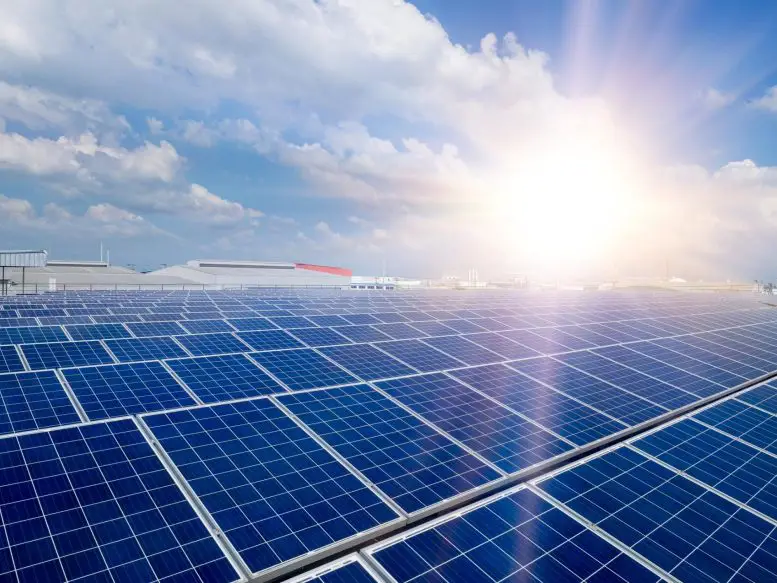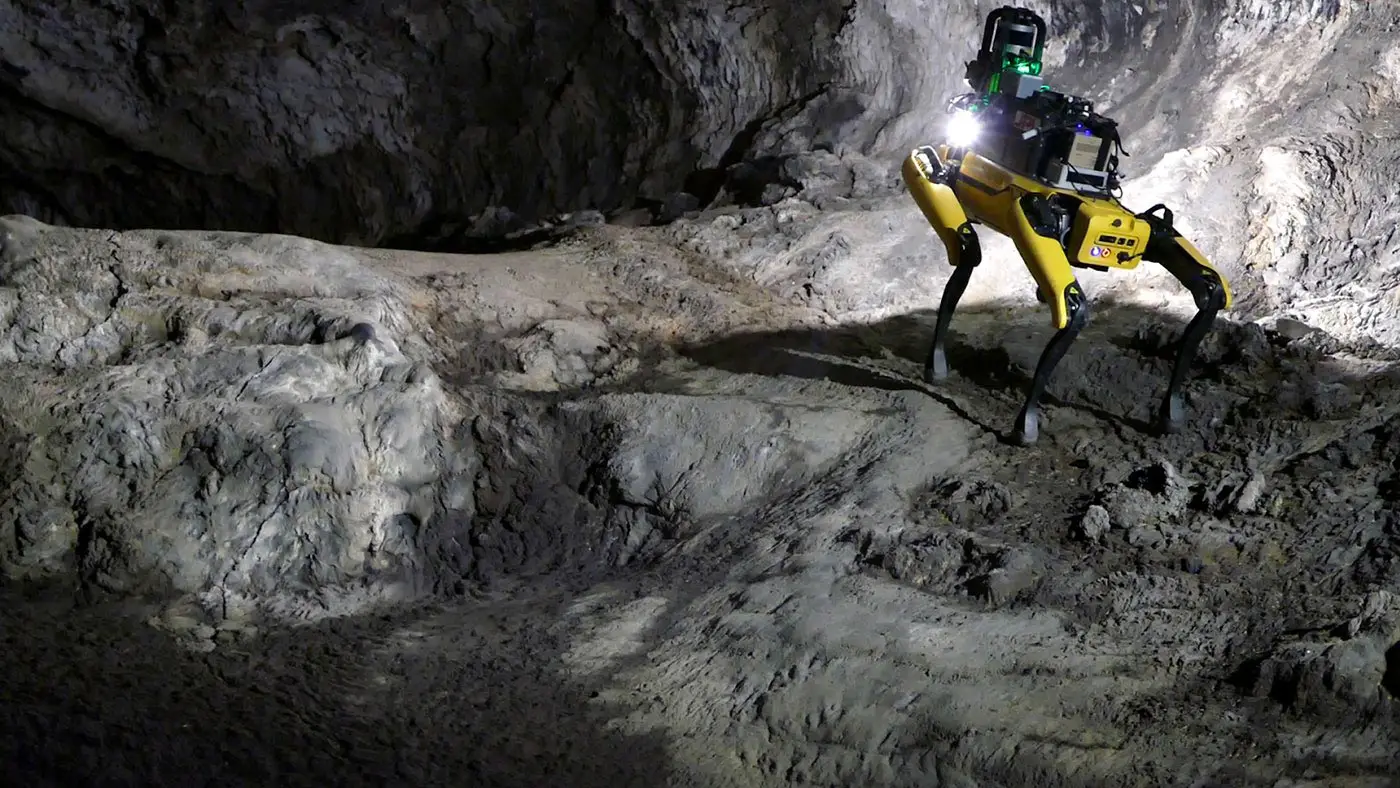Maintaining efficient solar panels: A new imaging system reveals defects even in bright sunlight
A new approach could simplify inspection and maintain the efficient operation of solar panels.
Researchers have demonstrated a new method that detects defects in silicon solar panel panels under all weather conditions. The current method of defect detection cannot be used in sunlight conditions. This new system can detect defects in silicon solar panels in full and partial sunlight under any weather conditions. This can significantly reduce the efficiency of solar panels, so these defects must be detected quickly.
Researchers from Nanjing University of Science and Technology, China, describe in the Optica Publishing Group journal Applied Optics how a unique combination of hardware and software allows solar panel defects to be imaged and analyzed in bright light.
“Defect detection systems today can only be used to detect defects at night on solar panels that have been moved inside or into a dark environment,” Yunsheng Qian, the head of the research team, said. We hope this system will be helpful to inspectors at photovoltaic plants to locate and identify defects more quickly so they can produce the highest levels of electricity.
Looking through the light
The researchers developed an all-weather imaging system that can work in all lighting conditions. They developed software that applied a modulated electrical current to solar panels, which causes them to emit light that switches off and on quickly. This makes defects visible. A high frame rate InGaAs detector is used to capture a series of images of the panels as the electric current is applied. The researchers added a filter to limit the detected wavelengths to 1150 nm to remove stray sunlight. The key innovation was an algorithm that differentiates between the unmodulated and modulated parts of an image sequence and magnifies the difference. This allows for the visible image of the solar panel’s defects under high radiation.
The researchers tested the system on monocrystalline and polycrystalline silicon solar panel panels to see if it worked. The system detected defects in silicon-based solar panels at irradiances ranging from 0 to 1300 W/m squared. This corresponds to light conditions that range from total darkness to full sun.
Researchers are currently working on software that reduces digital noise to improve image quality and allow the detector to detect image changes with greater accuracy. The researchers also plan to test artificial intelligence on the images acquired to identify defects and streamline the inspection process.




